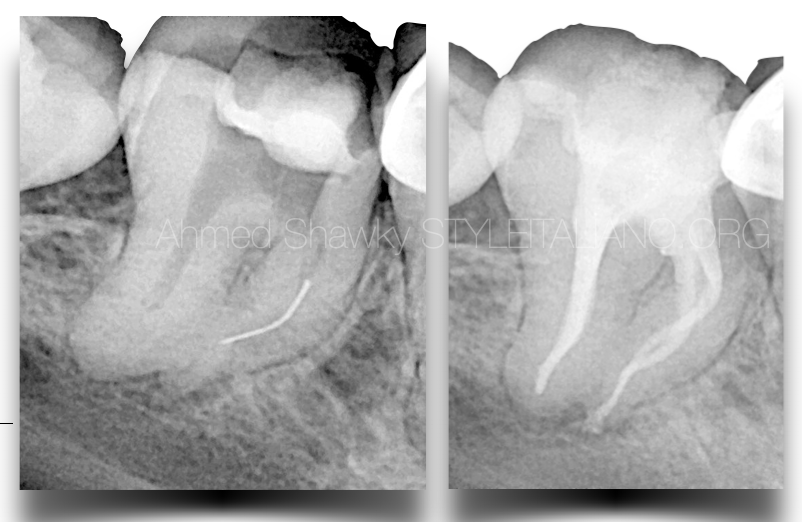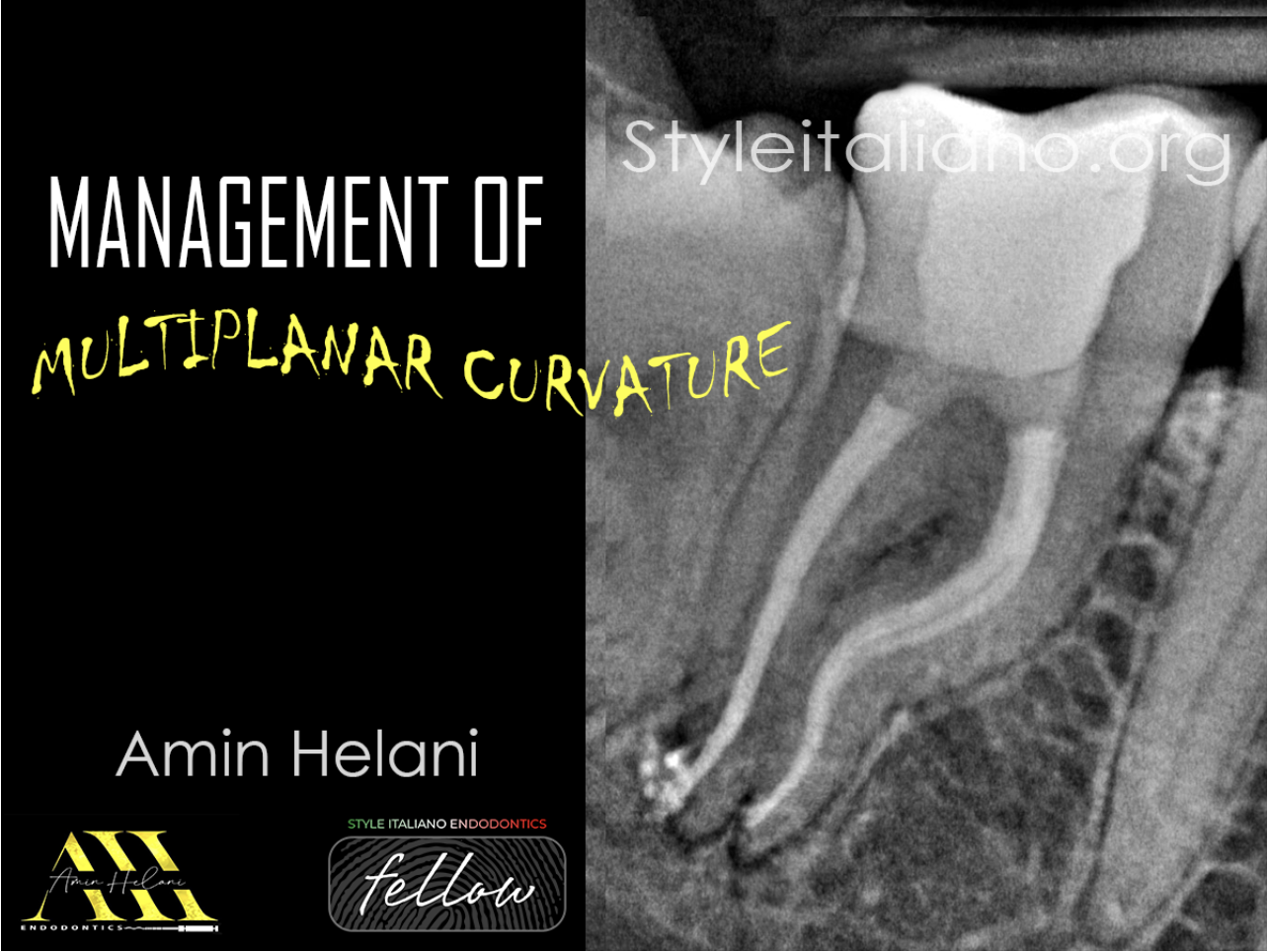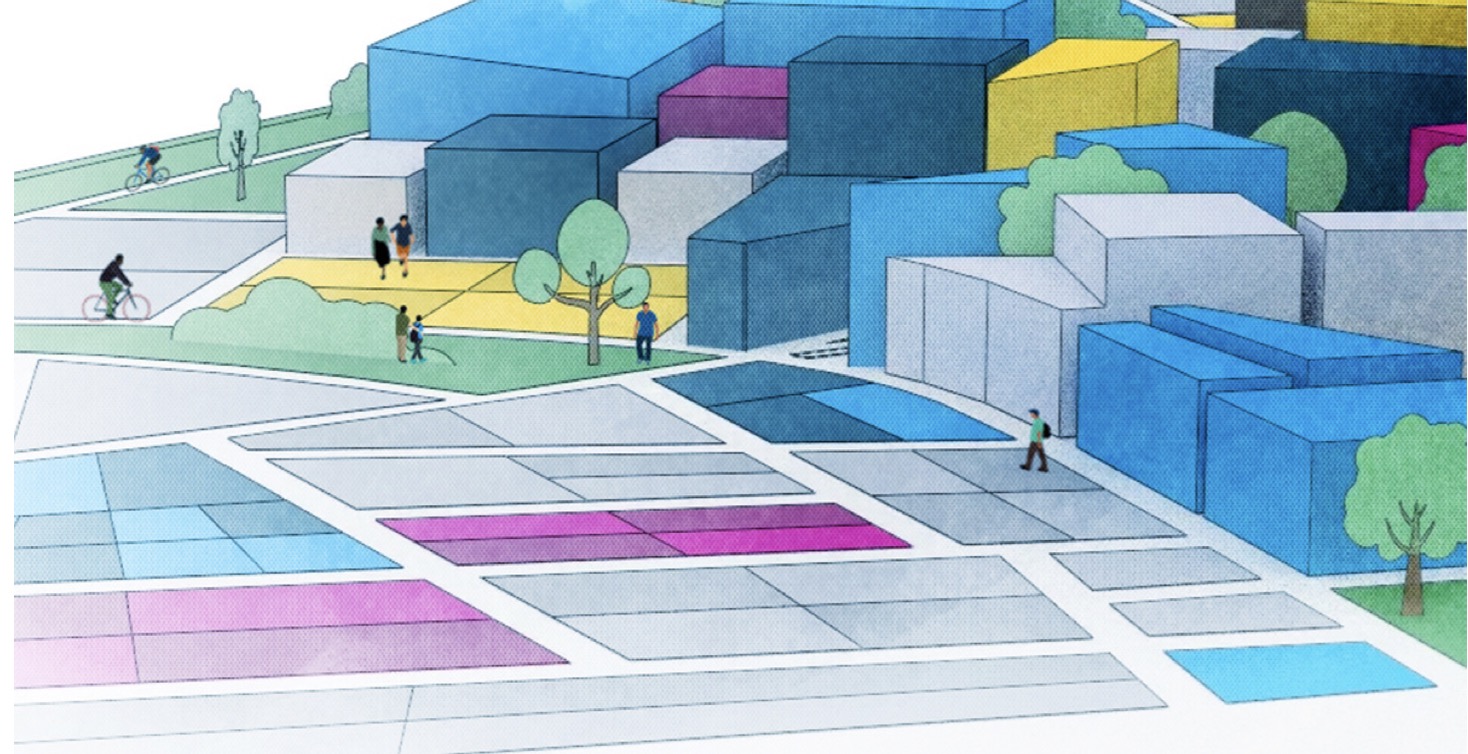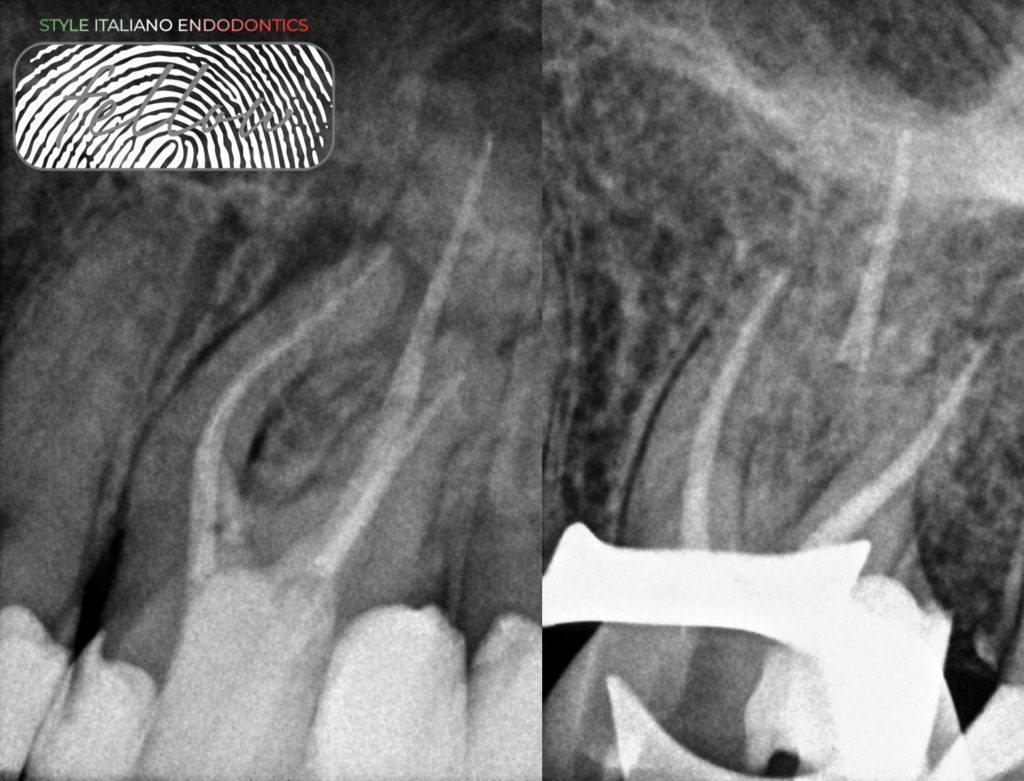
Rotation and Reciprocation: Synergy not rivalry
29/07/2024
Fellow
Warning: Undefined variable $post in /var/www/vhosts/styleitaliano-endodontics.org/endodontics.styleitaliano.org/wp-content/plugins/oxygen/component-framework/components/classes/code-block.class.php(133) : eval()'d code on line 2
Warning: Attempt to read property "ID" on null in /var/www/vhosts/styleitaliano-endodontics.org/endodontics.styleitaliano.org/wp-content/plugins/oxygen/component-framework/components/classes/code-block.class.php(133) : eval()'d code on line 2
Many times we hear about rotation and reciprocation as rival movements and feel like we have to choose one or the other. In reality both are very important and helpful to achieve a predictable result.
Let’s dive into the main characteristics of each movement
Rotation:
+ Removes easily the debris that are created and are drawn out of the canal
- High engagement of the file, which is a risk factor for file separation
Reciprocation:
+ Can follow better the canal and has less engagement due to the reverse movement
- Debris are accumulated apically due to the physics of movement risking canal blockage
These are the main arguments of each side. However, if we think critically, each movement is beneficial in some clinical scenarios.
Allow me to showcase with examples. I want to state from the beginning that this is just one protocol and not the only one. Each clinician develops their own according to their preferences.
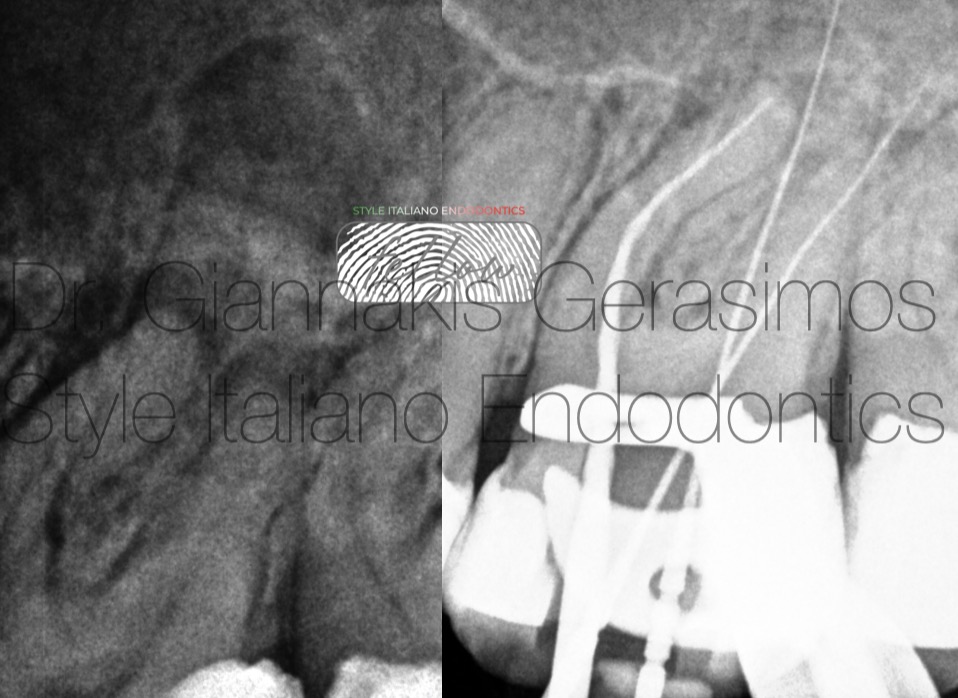
Fig. 1
This patient with clear medical history presented with intraoral edema in the palatal area of #26. Radiographic examination revealed apical pathology in all roots. The diagnosis was symptomatic apical periodontitis.
We can observe that the mesial root has severe curvature. First of all, we must do a coronal preflaring to remove the triangle of dentin obstructing the entrance.
Now, because of the curvature I want to minimize the engagement of files in the canal, so I opt for rotation. A mechanical glidepath is obtained with the 15.04 file. I do crown-down alternating between 20.05 and 15.04. It is critical here to avoid trying to reach the working length in one pass.
Finally, I prepare the canal with the 25.04 file.
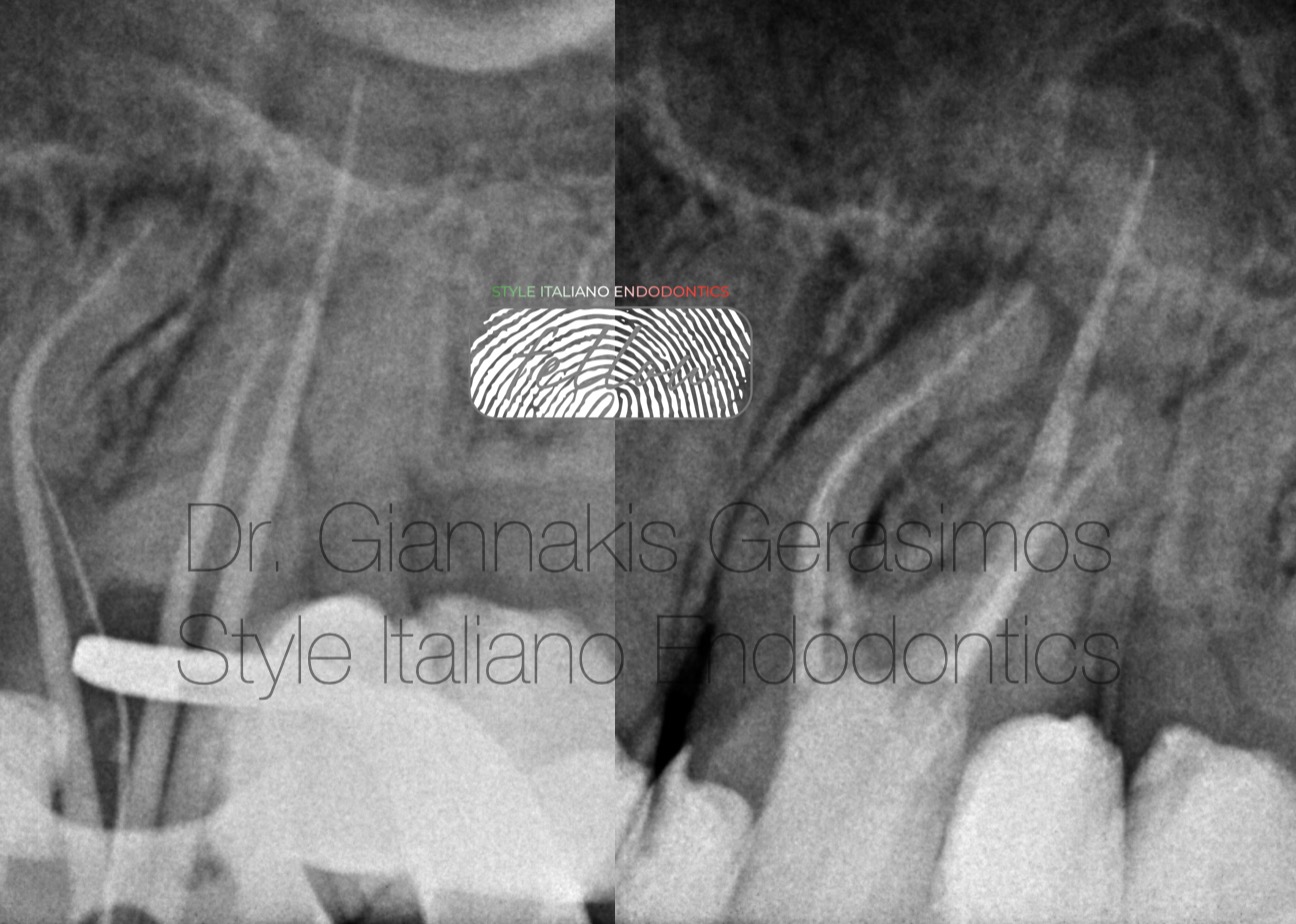
Fig. 2
Here is the Master cone x-ray and the final x-ray after reconstruction.
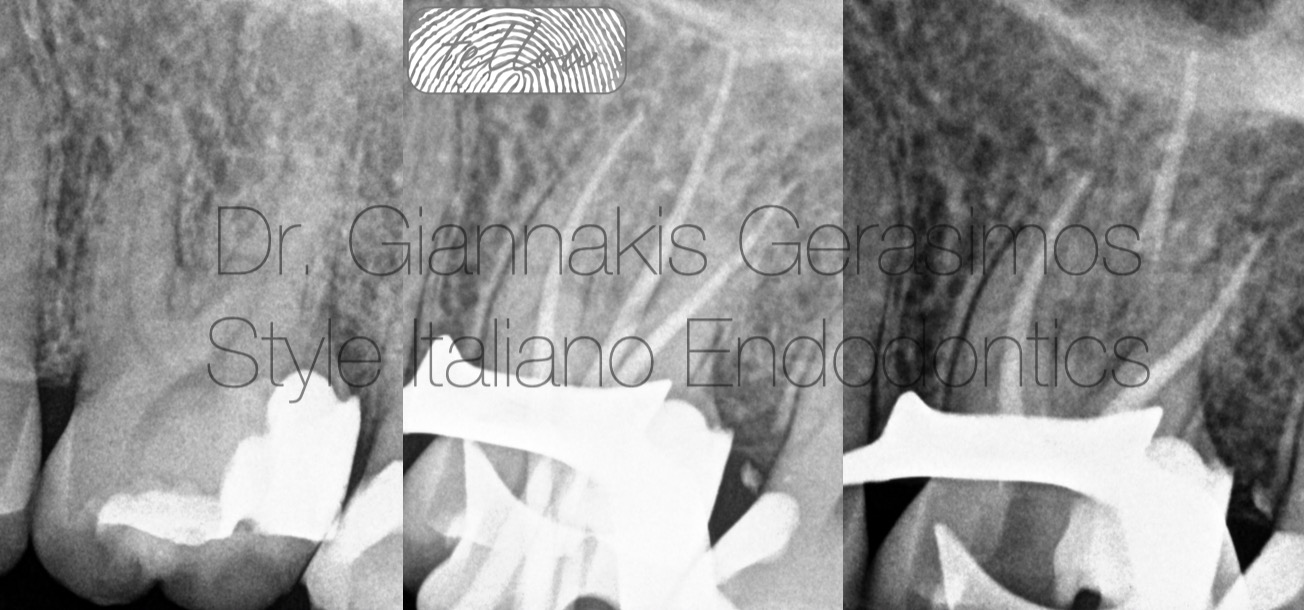
Fig. 3
This patient reported to the clinic with pain on cold and chewing in tooth #26. Had trouble sleeping at night and painkillers barely helped. The diagnosis was irreversible pulpitis.
Examination of the pre-op xray reveals calcification of the coronal part of both buccal canals, especially the mesials. That is why in this case I need a bulky, stiff instrument to be able to remove the calcification from the coronal part. Then the canal is somewhat visible so I decided to do all the instrumentation with the reciprocating instrument No25. As you can appreciate in the final x-ray the anatomy was respected and the canals instrumented to working length without problem. Also the MB2 was prepared up to the point of convergence with MB1.

Fig. 4
Gerasimos Giannakis received the Doctor of Dental Surgery degree from the University of Athens in 2018.
He has special interest in the field of endodontics, restorative dentistry and microsurgical techniques.
Since then has completed
STYLE ITALIANO Daily menu 40th edition , Milan 2020
TOOTH WEAR MASTER COURSE, by Didier Dietschi 2021
EXPERT COURSE IN MASTERING SOFT TISSUE SURGERY,
In cooperation with the University of Cologne 2022
MICROSCOPE SIMULATION COURSE ON CANAL BLOCKAGE MANAGEMENT by Chaniotis, Sousa Dias, 2020
He is working as an endodontics associate in a clinic, responsible also for the restoration of endodontically treated teeth.
Working exclusively under the microscope and rubber dam, has the opportunity to document the cases.
In the Style Italiano Congress in Greece 2023, was part of the bootcamp and became fellow of the Style Italiano Endodontics community.
Conclusions
In conclusion, the two movements are both helpful to us. It is important to understand the mechanics of the movements and use it to the benefit of our patients.
Bibliography
Effectiveness of rotary and reciprocating systems on microbial reduction: A systematic review
Riluwan Siddique1, Malli SureshbabuNivedhitha1
Evaluation of Apically Extruded Debris Using Continuous Rotation, Reciprocation, or Adaptive Motion
Ozgur Genc Sen1, Burcu Bilgin2, Sibel Koçak2, Baran Can Sağlam2, Mustafa Murat Koçak2
Current Assessment of Reciprocation in Endodontic Preparation: A Comprehensive Review--Part II: Properties and Effectiveness
Gianluca Plotino1, Hany Mohamed Aly Ahmed 2, Nicola Maria Grande3, Stephen Cohen4, Frédéric Bukiet 5


